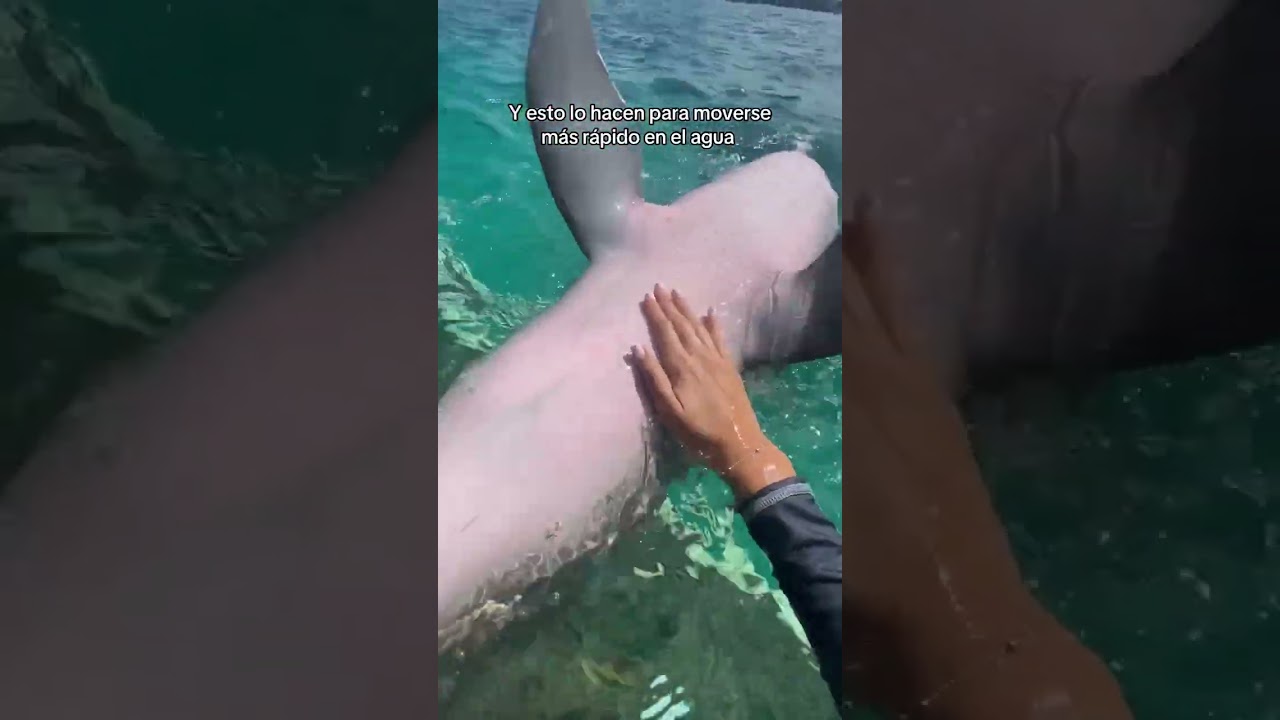- Dolphin social structures are intricate, highlighting their complex communication and cooperative behaviors.
- Their physical and cognitive adaptations enable dolphins to thrive in diverse marine environments.
- Dolphins play essential roles in marine ecosystems, acting as indicators of ocean health.
- Conservation efforts are critical for protecting dolphin populations from human-induced threats.
- Zoo management efforts aim to support wild dolphin conservation through education and research.
Dolphins are remarkable marine mammals celebrated for their intelligence, social behaviors, and ecological significance. Understanding their life, from physical characteristics to social structures, highlights not only their diversity but also the importance of their conservation.
Dolphin social structures and behaviors showcase an extraordinary level of complexity. These animals live in groups known as pods, which consist of anywhere from a handful to several dozen individuals. These pods are fluid in nature, with dolphins frequently changing groups and establishing new social bonds. Such dynamic social networks are crucial in cooperative hunting strategies and protection against predators. Through advanced vocalizations – including clicks, whistles, and body language – dolphins communicate and maintain social cohesion. Recent research suggests these vocal behaviors are individual-specific and may function similarly to human names, underscoring their intricate communication abilities.
Dolphins boast highly specialized physical and cognitive adaptations. Their streamlined bodies and powerful tails make them adept swimmers, capable of reaching speeds of over 20 mph. This agility aids them in hunting fast-moving prey such as fish and squid. Dolphins’ echolocation abilities further enhance their hunting prowess. Emitting sound waves and interpreting their echoes allows dolphins to ‘see’ in dark or murky waters, identifying both prey and potential obstacles. Additionally, dolphins have large, complex brains, displaying sophisticated problem-solving skills, tool use, and the capability to learn from their environment and from others. This cognitive flexibility demonstrates their ability to adapt to and thrive in dynamic marine habitats.
In marine ecosystems, dolphins are critical players. They serve as top predators, helping maintain the balance by managing fish populations. Additionally, as sentinels of ocean health, their well-being often indicates the status of their marine habitat. Dolphins are also involved in nutrient cycling. Through their movement, they redistribute nutrients across different depths, supporting the productivity of the ecosystem. Thus, healthy dolphin populations often reflect diversified and stable marine environments.
However, dolphins face numerous threats primarily due to human activities. Pollution, habitat loss, and bycatch in fisheries pose significant risks to their survival. Noise pollution, particularly from shipping and industrial activities, interferes with their communication and echolocation. Chemical pollutants, such as heavy metals and plastics, accumulate in dolphins, leading to health issues. Climate change further compounds these challenges, affecting food availability and altering habitats. Conservation initiatives are essential in mitigating these threats, focusing on reducing bycatch, protecting habitats, and minimizing pollution. International agreements and local efforts aim to safeguard dolphin populations by establishing marine protected areas and encouraging sustainable fishing practices.
Zoo management plays an increasingly vital role in dolphin conservation. Modern zoos and aquariums provide environments that emphasize animal welfare and replicate natural habitats as closely as possible. These institutions engage in educational outreach, raising public awareness about dolphin behaviors, challenges, and the importance of conservation. They also contribute to conservation efforts by supporting scientific research, which increases understanding of dolphin biology and ecology. This information aids in developing effective strategies for conserving wild populations. Moreover, zoos and aquariums often collaborate on global initiatives, sharing resources and expertise to facilitate field conservation projects.
Overall, the knowledge about dolphins not only enriches our understanding of these fascinating creatures but also empowers efforts in wildlife conservation. Their survival is intricately linked to the health of marine ecosystems and, by extension, our planet. As we continue to learn about dolphins and drive conservation efforts, we contribute to the preservation of biodiversity and the resilience of marine environments.
*****
Source Description
La piel de los Delfines cambia 16 veces al día ¿Sabías esto? 😱🩵🐬
Dolphins’ skin changes 16 times a day Did you know this 😱🩵🐬
#dolphindiscovery #dolphinskin #datoscuriosos #dolphins


